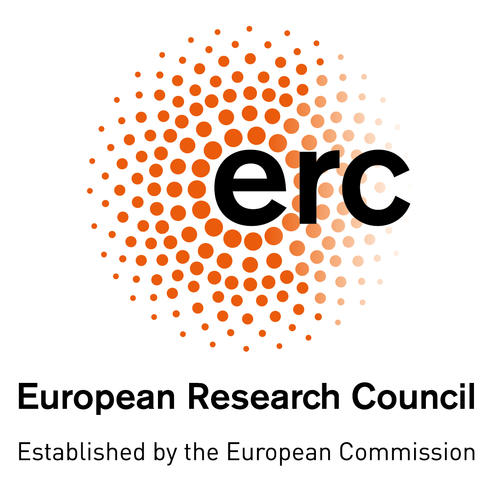Brain-constrained neural modeling explains fast mapping of words to meaning
Constant, Marika; Pulvermüller, Friedemann; Tomasello, Rosario – 2023
Although teaching animals a few meaningful signs is usually time-consuming, children acquire words easily after only a few exposures, a phenomenon termed “fast-mapping.” Meanwhile, most neural network learning algorithms fail to achieve reliable information storage quickly, raising the question of whether a mechanistic explanation of fast-mapping is possible. Here, we applied brain-constrained neural models mimicking fronto-temporal-occipital regions to simulate key features of semantic associative learning. We compared networks (i) with prior encounters with phonological and conceptual knowledge, as claimed by fast-mapping theory, and (ii) without such prior knowledge. Fast-mapping simulations showed word-specific representations to emerge quickly after 1–10 learning events, whereas direct word learning showed word-meaning mappings only after 40–100 events. Furthermore, hub regions appeared to be essential for fast-mapping, and attention facilitated it, but was not strictly necessary. These findings provide a better understanding of the critical mechanisms underlying the human brain’s unique ability to acquire new words rapidly.
author = {Constant, Marika and Pulvermüller, Friedemann and Tomasello, Rosario},
title = "{Brain-constrained neural modeling explains fast mapping of words to meaning}",
journal = {Cerebral Cortex},
year = {2023},
month = {02},
abstract = "{Although teaching animals a few meaningful signs is usually time-consuming, children acquire words easily after only a few exposures, a phenomenon termed “fast-mapping.” Meanwhile, most neural network learning algorithms fail to achieve reliable information storage quickly, raising the question of whether a mechanistic explanation of fast-mapping is possible. Here, we applied brain-constrained neural models mimicking fronto-temporal-occipital regions to simulate key features of semantic associative learning. We compared networks (i) with prior encounters with phonological and conceptual knowledge, as claimed by fast-mapping theory, and (ii) without such prior knowledge. Fast-mapping simulations showed word-specific representations to emerge quickly after 1–10 learning events, whereas direct word learning showed word-meaning mappings only after 40–100 events. Furthermore, hub regions appeared to be essential for fast-mapping, and attention facilitated it, but was not strictly necessary. These findings provide a better understanding of the critical mechanisms underlying the human brain’s unique ability to acquire new words rapidly.}",
issn = {1047-3211},
doi = {10.1093/cercor/bhad007},
url = {https://doi.org/10.1093/cercor/bhad007},
note = {bhad007},
eprint = {https://academic.oup.com/cercor/advance-article-pdf/doi/10.1093/cercor/bhad007/49280149/bhad007.pdf},
}

